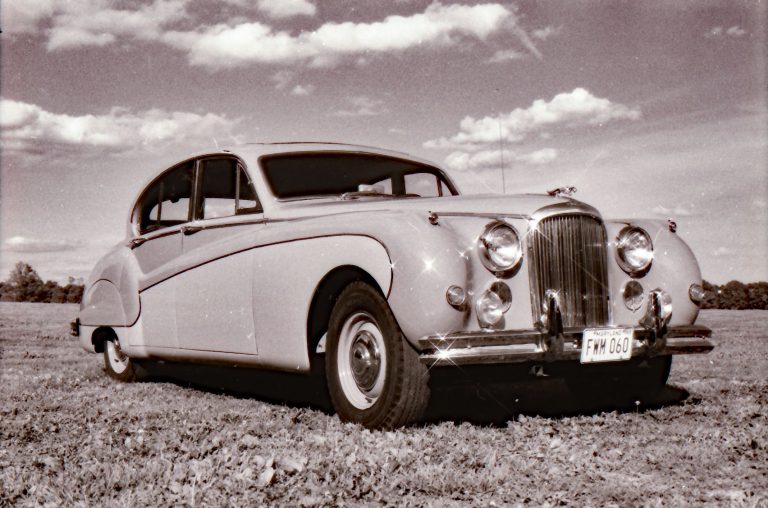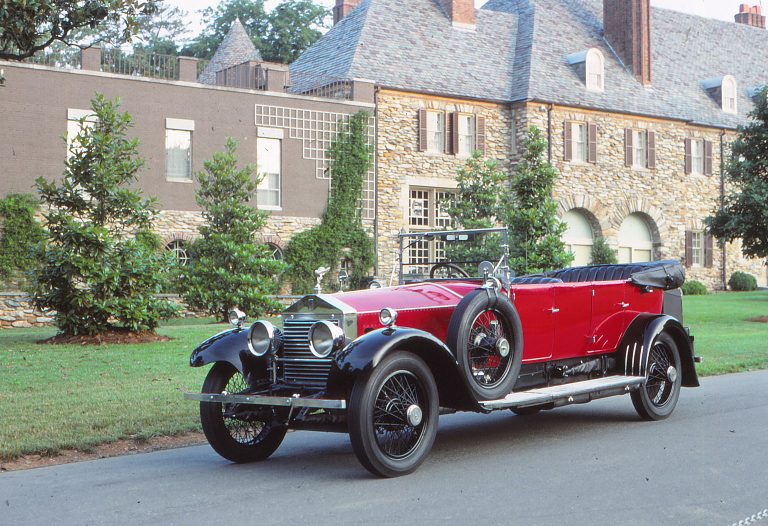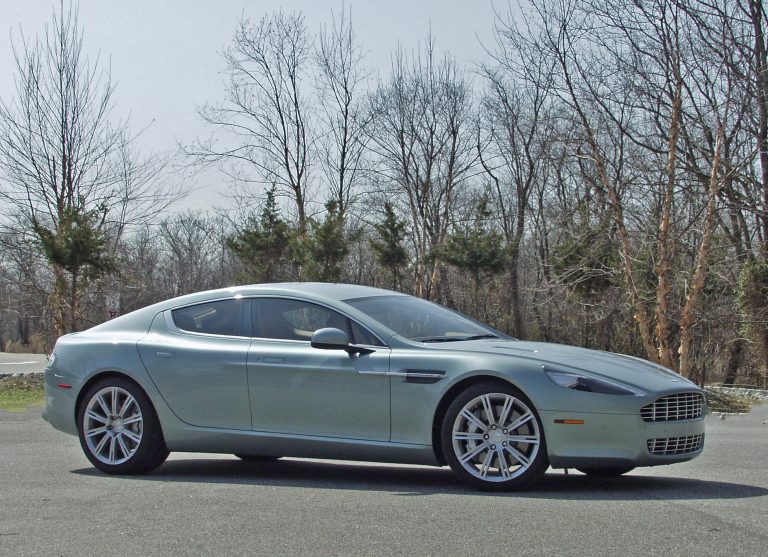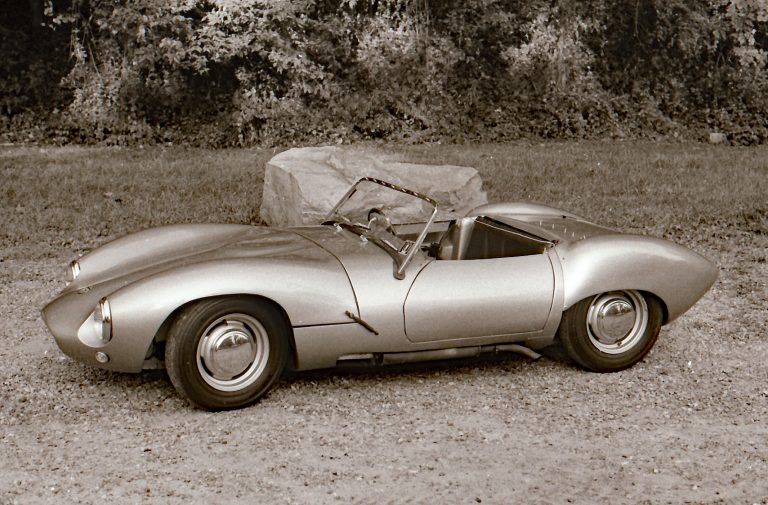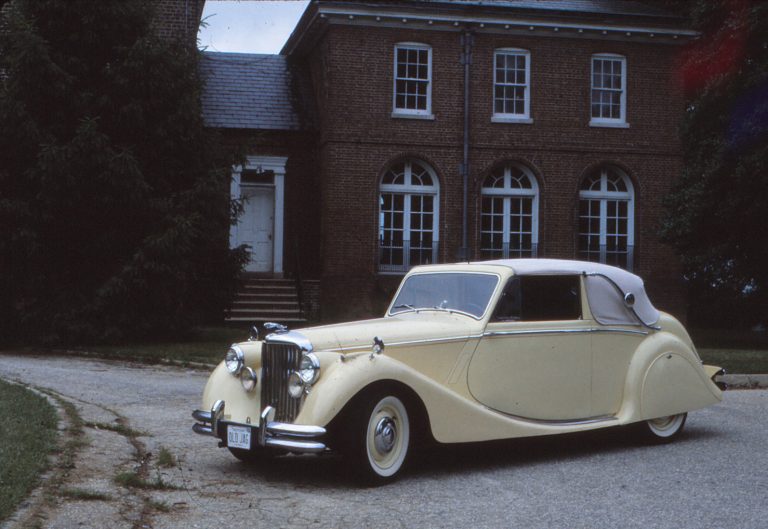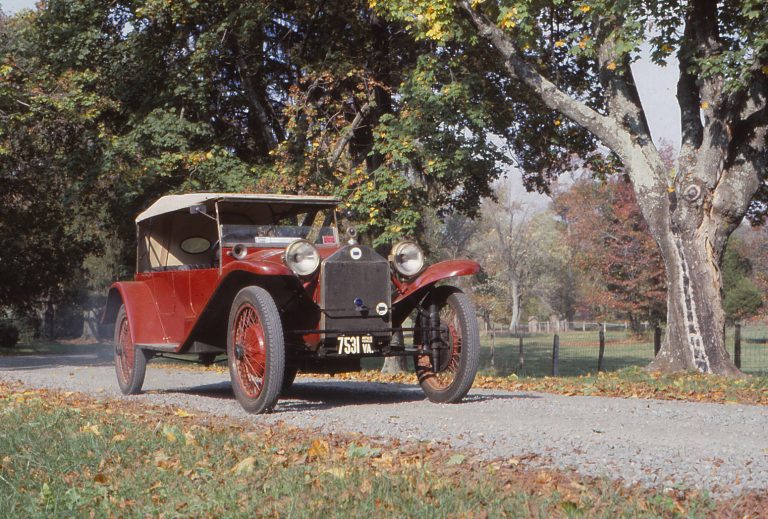History originally published in AutoWeek June 13, 1983
Ford’s Model T, they say, put America on wheels. Certainly there were earlier automobiles, even earlier Fords, but it is the Model T that more Americans can remember growing up with than any other model.
Henry Ford produced his first automobile, an experimental two-cylinder buggy, in 1896. Another followed in 1898, and in 1899 he left employment at the Edison power plant to help found the Detroit Automobile Company. Ford’s inborn of inability to compromise, not always the vice is made to be, led to his departure from there and to the Ford Motor Company and the Model A of 1903. Like other automobile manufacturers of the day, Ford built “big” cars, such as a six-cylinder Model K, for those who could afford the $2,500 price. It was the Model T, though, that kept Ford from being just another car company. It made motoring affordable for the common man, and more than 16 million Ts were made in the model’s 19-year run.
But this is not the oft-repeated story of the Ford Motor Company, nor that of the Model T. It is, instead, the story of Herbert Austin, the man who took a page from Henry Ford’s book and translated into the King’s English. It’s the story of the Austin 7.
Like Henry Ford, Herbert Austin built his first automobile in 1896. In fact he built two, and one of the three-wheelers was cataloged for sale, though unsuccessfully. Austin had envisioned automobile manufacture as a way to keep the Wolseley factory, then in the business of making sheep-shearing equipment, busy during the off-season. The first four-wheeled Wolseley vehicle came out in 1899, and success in the Thousand Miles Trial of 1900 resulted in full-scale production in 1901. By 1904, Wolseley carried the Union Jack in the Gordon Bennett races, and cars had replaced shears as Wolseley’s primary product.
But like Ford, Austin’s own obstinacy was what lead to the establishment of his own company. He left Wolseley in 1905, and within three years the Austin Motor Company was producing a full line of motorcars from 15 to 60 hp. The biggest Austin was to come after World War I with the company riding on the crest of profits from munitions and other war supplies. This car, the Austin 20, almost put the company under, and only by scaling it down to the Austin Heavy 12 was the company again able to prosper.
However the car that was to make Herbert Austin’s name famous as Ford’s did not appear until 1922. Austin envisioned the car—a real car—to replace the cycle-cum-sidecar rigs and cycle cars which many were trying to use as family transportation. It would have to be small, it would have to be simple, but such an automobile, if it could be produced, would have to be a hit on the market. Austin’s associates and employees thought he had gone daft, so with the help of a lone draftsman, he drew up plans for the baby Austin in the billiards room of his home.
The car was simple and straightforward, revolutionary only in scale. The frame was A-shaped, with the narrow end towards the front and the solid axle on a transverse semi-elliptic spring. At the rear, a live axle was carried by quarter-ecliptics. There were four-wheel brakes, still a novelty in most classes of vehicles in that day. They were mechanical, of course, and independent front and rear. The rear brakes were controlled by foot pedal and the front by handbrake. The rationale was that you wouldn’t want to use the front brakes while turning when naturally both hands would be on the wheel.
The engine was equally conventional and diminutive, a flathead vertical four displacing only 747cc. It was, though, decidedly long of stroke, Austin’s way of skirting the horsepower tax assessed on piston face area. (That others followed suit, and that the law remained in place well into the 50s, doomed the moderate-priced British engine to undersquare design and low peak RPM for many years). A tiny updraft carb supplied fuel, cooling was by thermosiphon, and only two main bearings supported the crankshaft. Unlike the Model T, the Austin 7 had a real three-speed transmission rather than a planetary gearbox. The result was a four-place automobile that took little more space than a motorcycle with a sidecar. The car was an immediate success, killing the market for cycle cars. Even Ford, which had captured more than 40 percent of the British market by 1919, had its sales seriously dented. It became Austin’s principal product, and that of a number of coach builders who built special versions of the Austin 7. One of these was a Swallow Sidecar Company, which later evolved into Jaguar.
Austin produced a number of different body styles, too, including four-seaters with hard and soft tops and also a fabric-topped two-seater, such as the 1929 model that AutoWeek had the opportunity to drive. The car, belonging to Jeff Fishel of Red Lion, Pennsylvania, has sporty lines, at least in a vintage sense, but under the jaunty bodywork is the utilitarian chassis and drivetrain of the most sober saloon. Think of it in the same terms as, say, a Falcon convertible. At heart it’s an economical small car, but the folding top keeps it from being an appliance. A 1930 Light Car and Cyclecar road test called it an excellent “auxiliary to a larger car” and very suitable for operation by a woman.
It was also cited as a delightful way to tour the countryside. Which is exactly what we did. The Austin starts easily with a touch of choke and a hit on the starter button. The starter motor itself is actually inside the passenger compartment. First gear is at the left rear of the quadrant where belongs and the clutch takes up without drama. Ease into second, taking care not to bang the non-synchro gears too badly, and then back into third. The shifter is long and transmits an intimate feel of the gears in the box. Take it to flat out in third, but don’t worry about police radar. The speed limit is 50 and we haven’t reached it yet. Official top speed is just the other side of the half-century mark. At this speed, though, the car has a tendency to wander. The best thing to do seems to be relax and avoid over-correcting.
The car didn’t really come into its own, however, until we reached secondary roads, and better yet, country lanes. We didn’t realize how severe a test our driving impression would be, however, until we were halfway down a steep hill on a road being re-graveled. There was no room to turn around and backing out was an even less likely possibility. It was onward and downward, into soft dirt road rutted by a road grader’s huge tires. But the Austin’s motor chugged merrily all the while and the rear brakes held, it having been decided that it was more important to hold on to steering wheel with two hands. Most modern cars, we concluded, probably could not have made it down that hill, but the Austin took it in stride.
It was that kind of ruggedness which made the Austin 7 so endearing, and the rights to produce it so exportable. In France it was Rosengarten, and Germany the Dixie (later BMW) and in Japan it became the Datsun. In the U.S., it was sold as the American Austin and, after restyling, the Bantam, but neither did very well. Although this is usually attributed to an American aversion to small cars, more likely the country had simply outgrown such basic transportation. Production of the Model T ended in 1927, three years before the first American Austin was made.
When production of the Austin 7 ended in England in 1938, over 29,000 had been made. It is far short the figure total by the Model T, but still quite respectable for a country much smaller. Enough, certainly, for a great number of Brits today who can look back on growing up with an Austin 7.
This is an example of what is called burying the lede. The real topic of the article, the Austin 7 is several paragraphs in. If you read this far, which obviously you have, I suppose it doesn’t matter.









